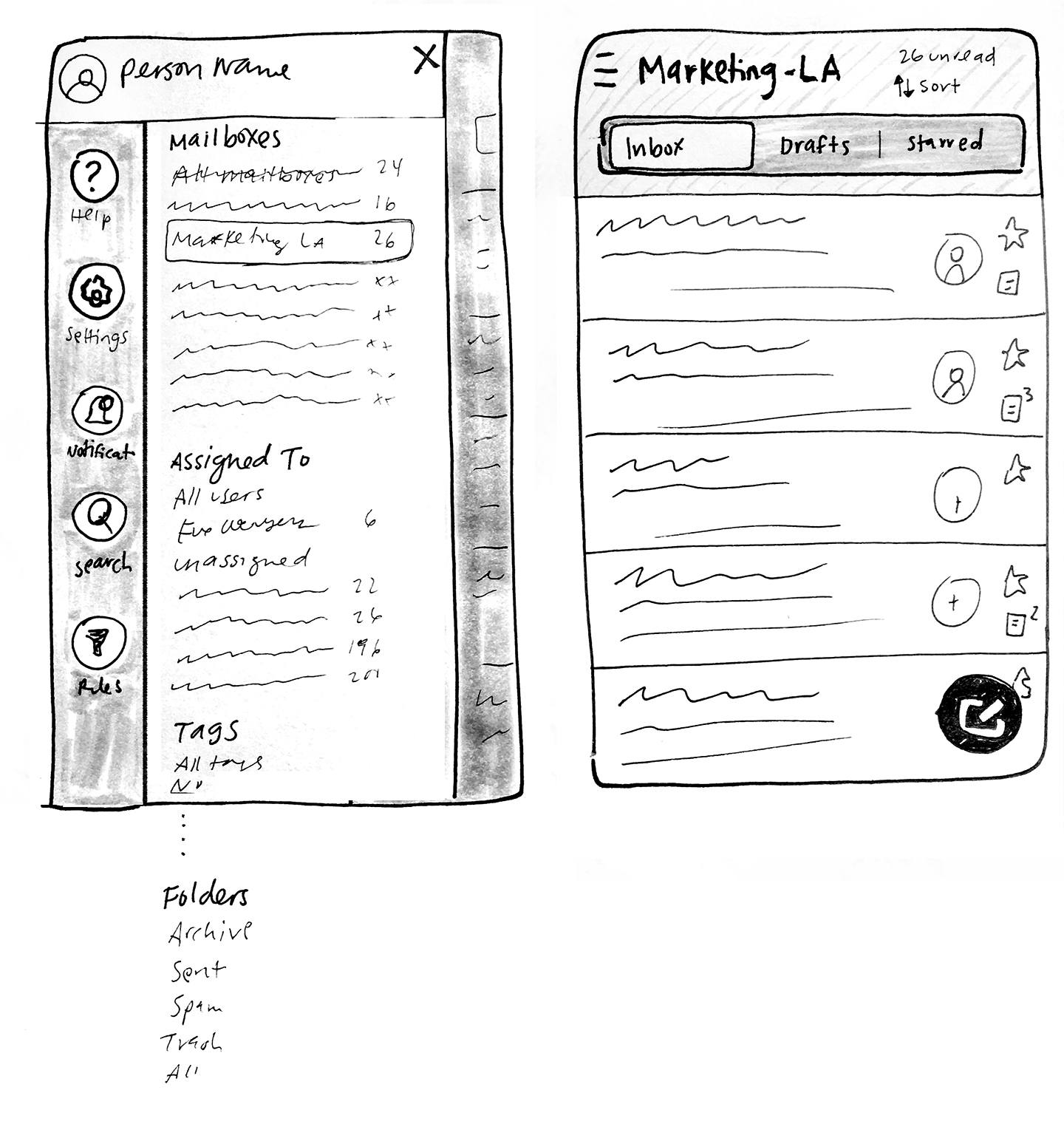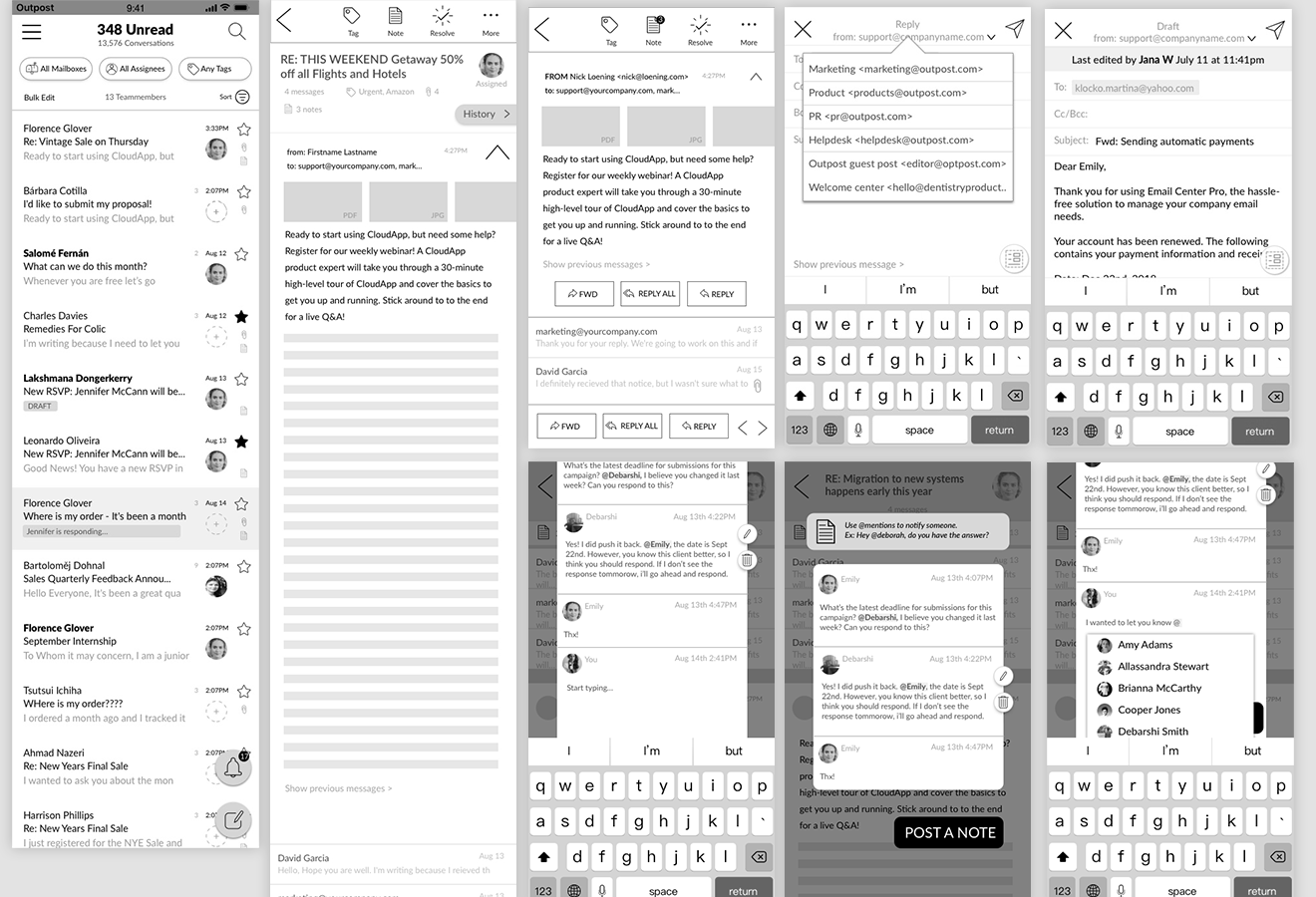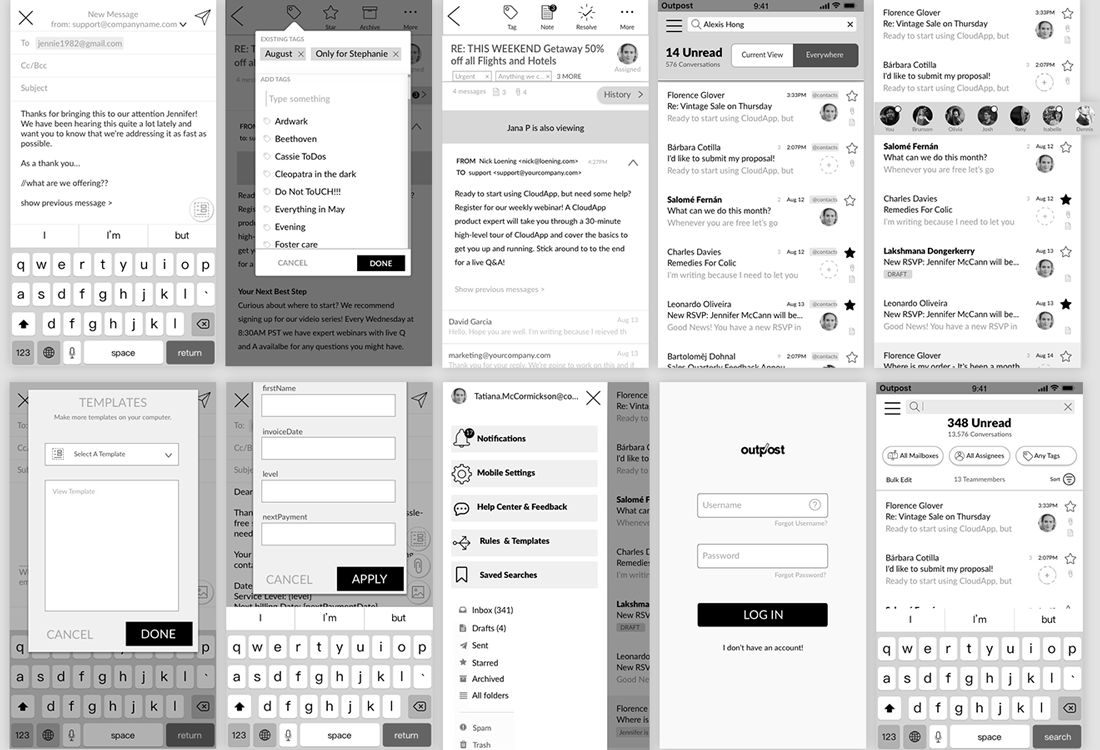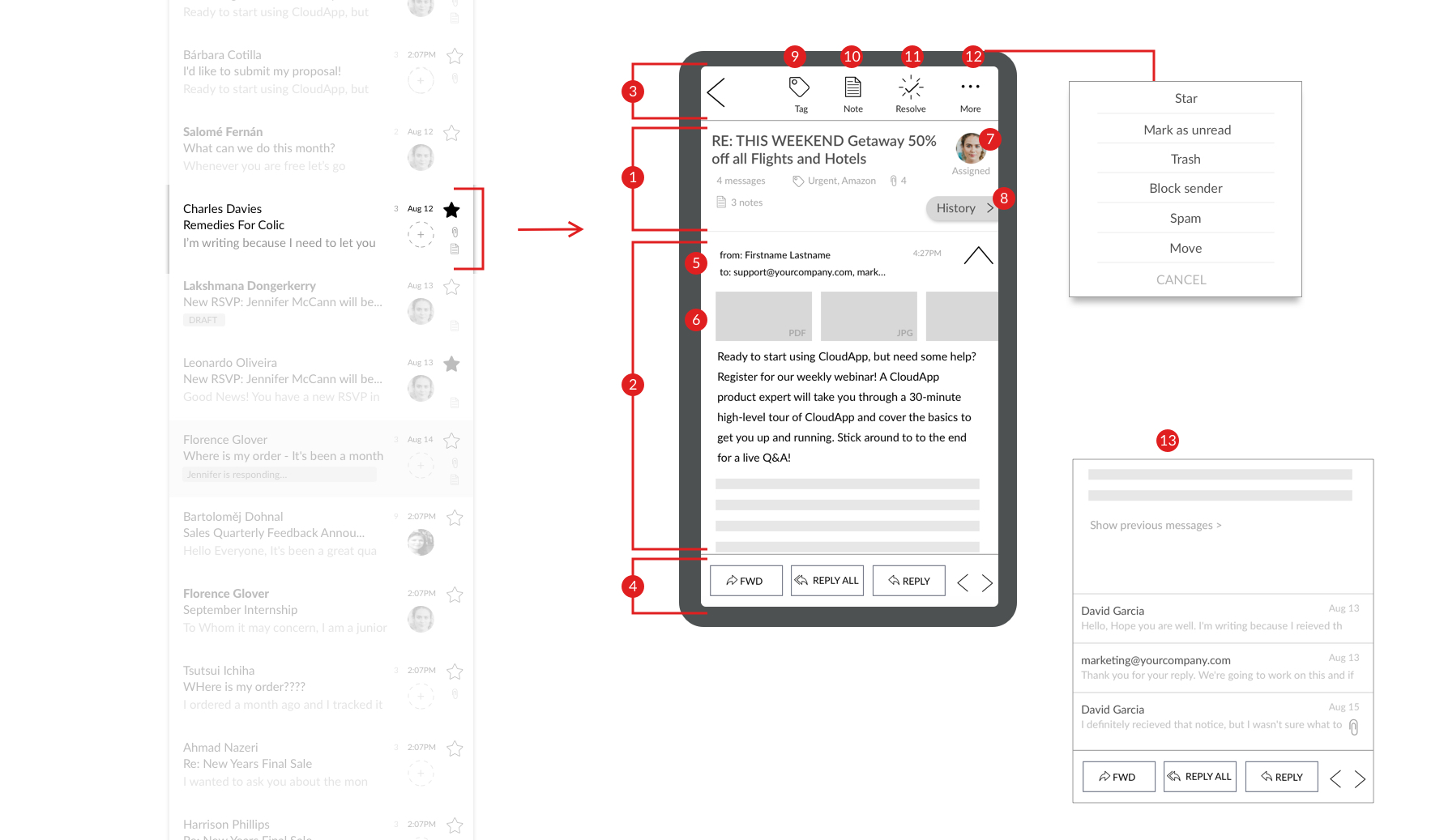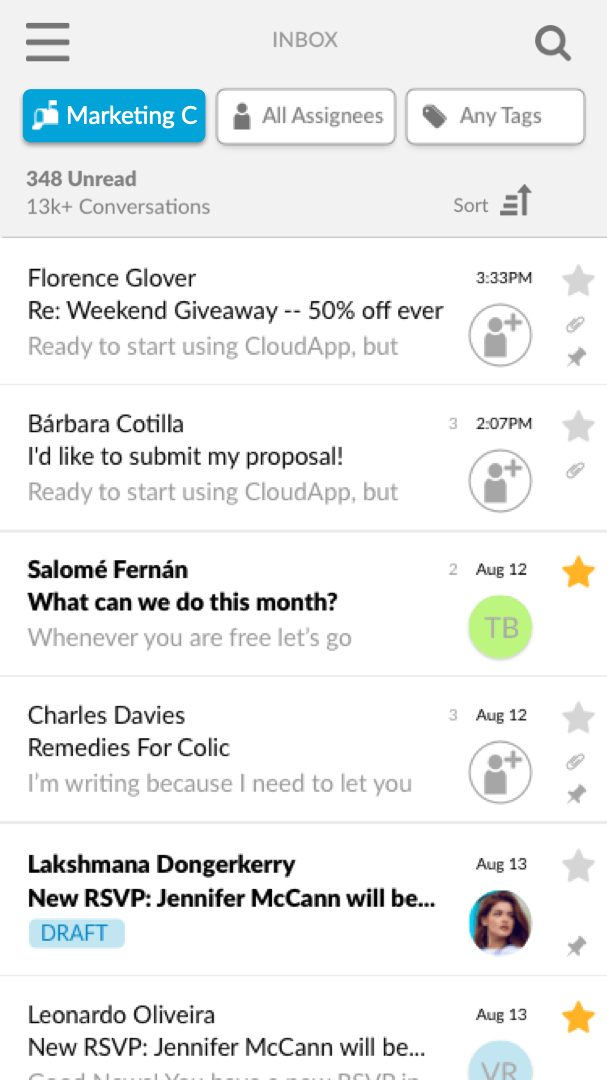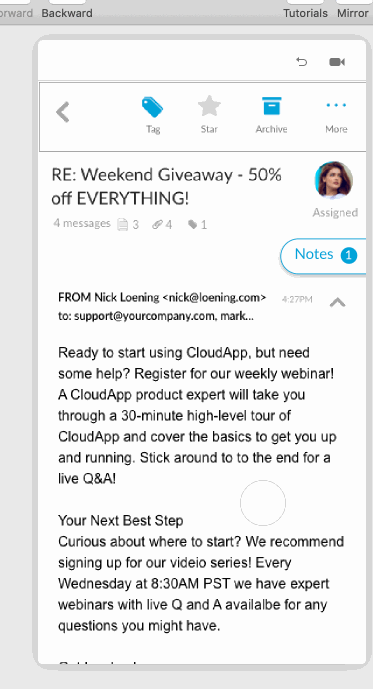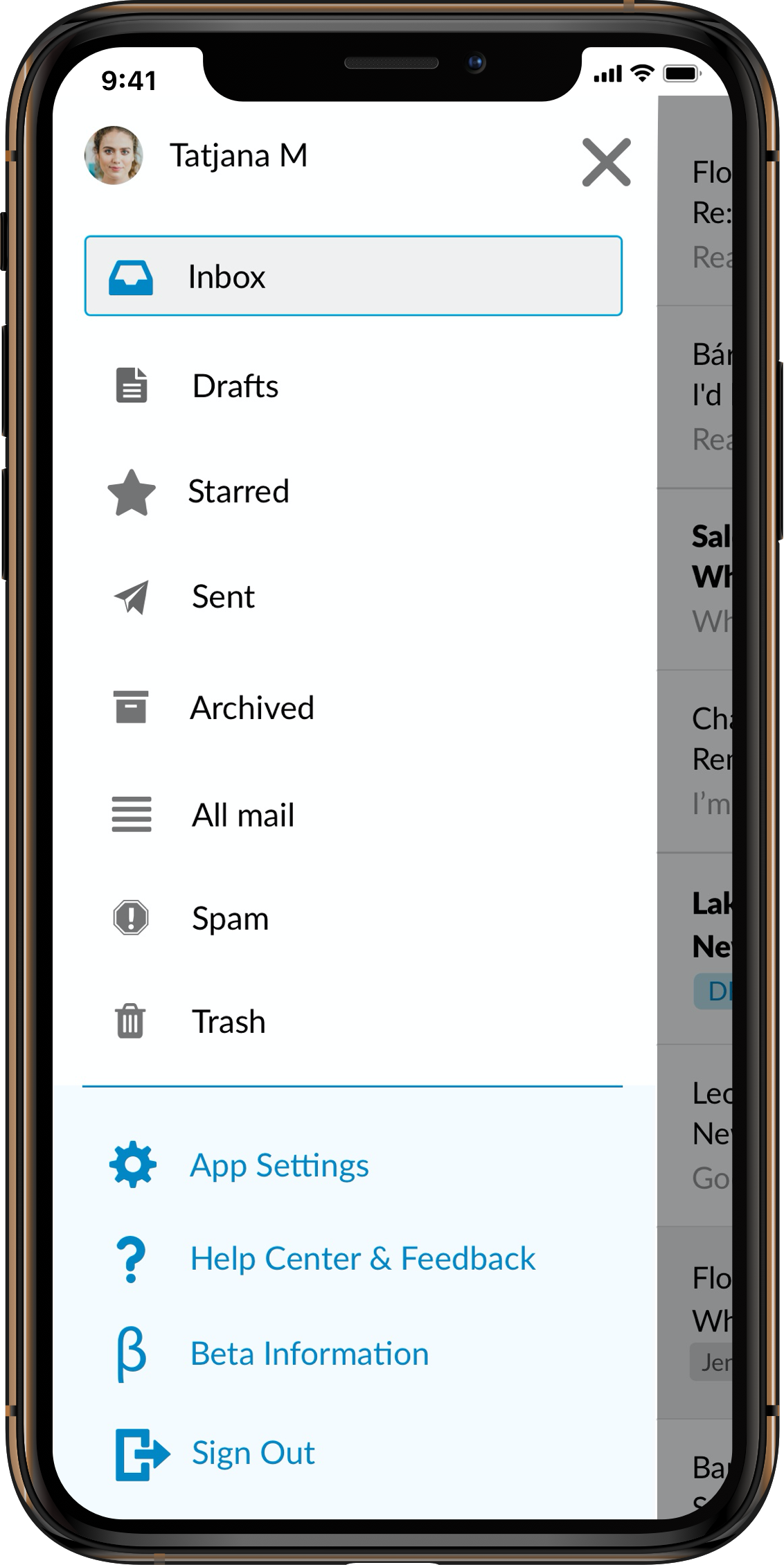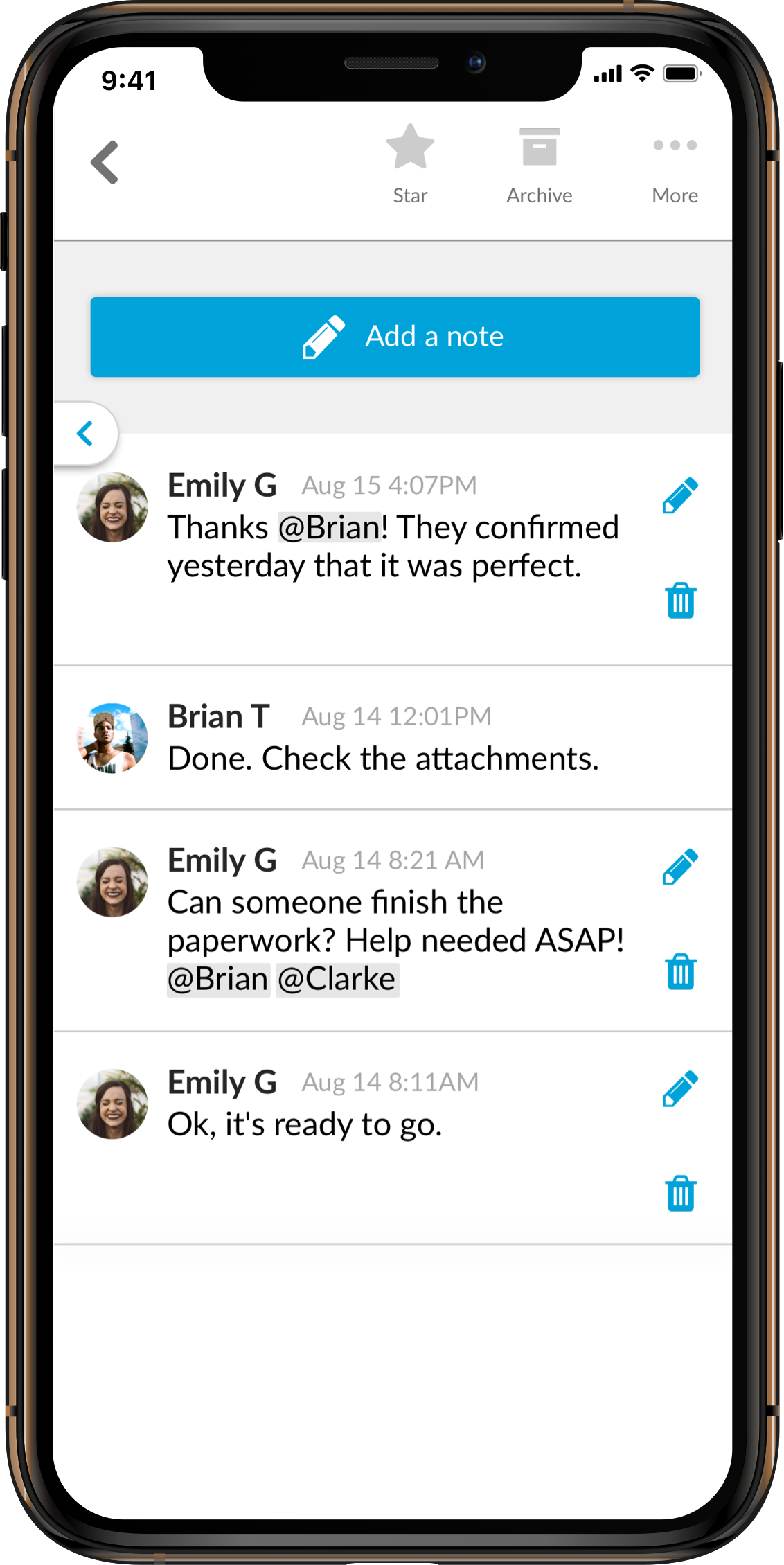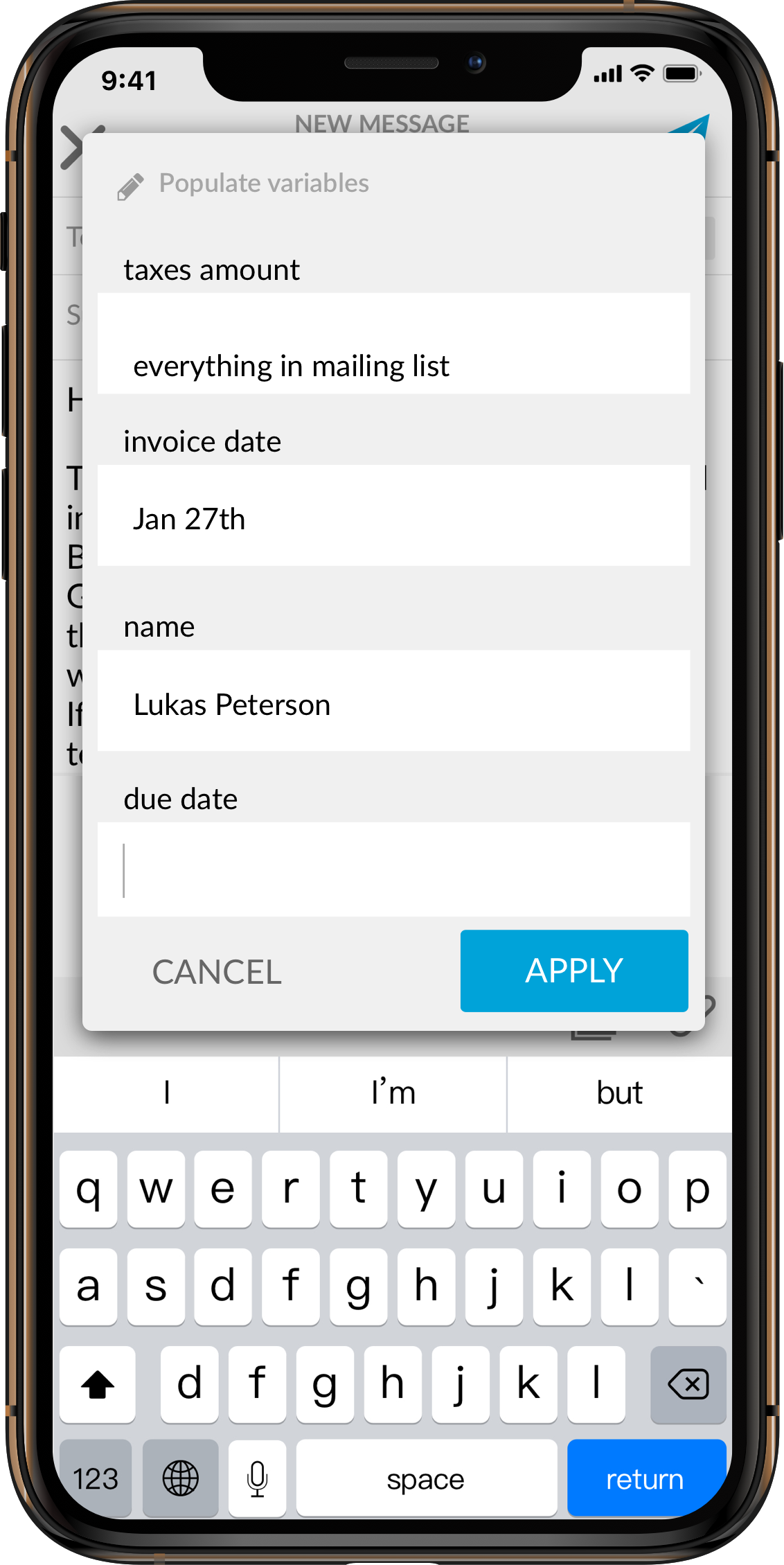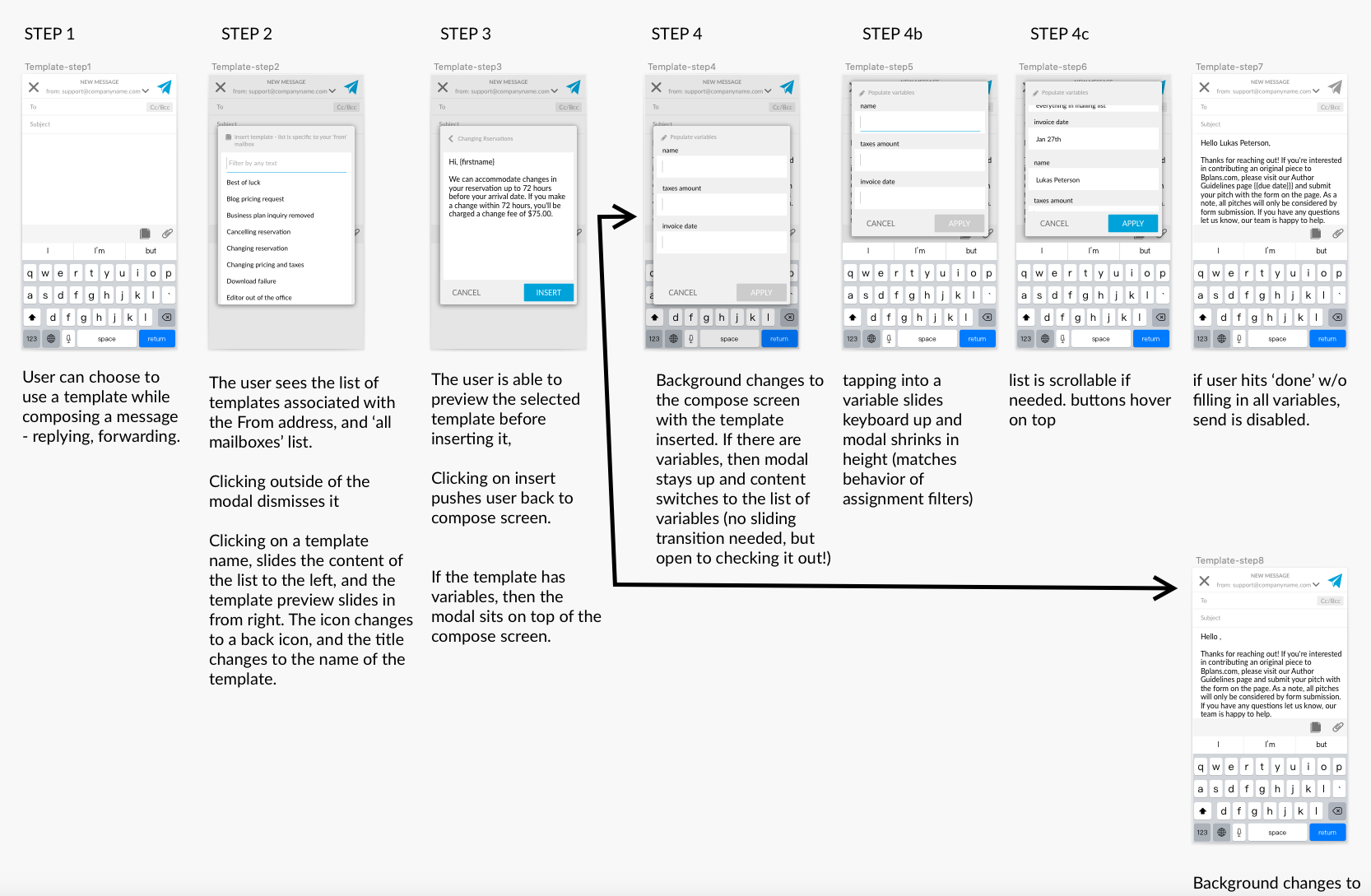Phase 1 - Goals, Specs, & Scope

We knew that the number one reason users leave us for the competition was for lack of a mobile app. But beyond that, we had little detail into the expectations and robustness of the mobile feature set. So we went digging. We did a thorough competitive analysis and then an investigation of our own features. We mapped out a plan to build an MVP that we could test iteratively with users. Then we put together some rough criteria for alpha, beta, and an app store launch.

